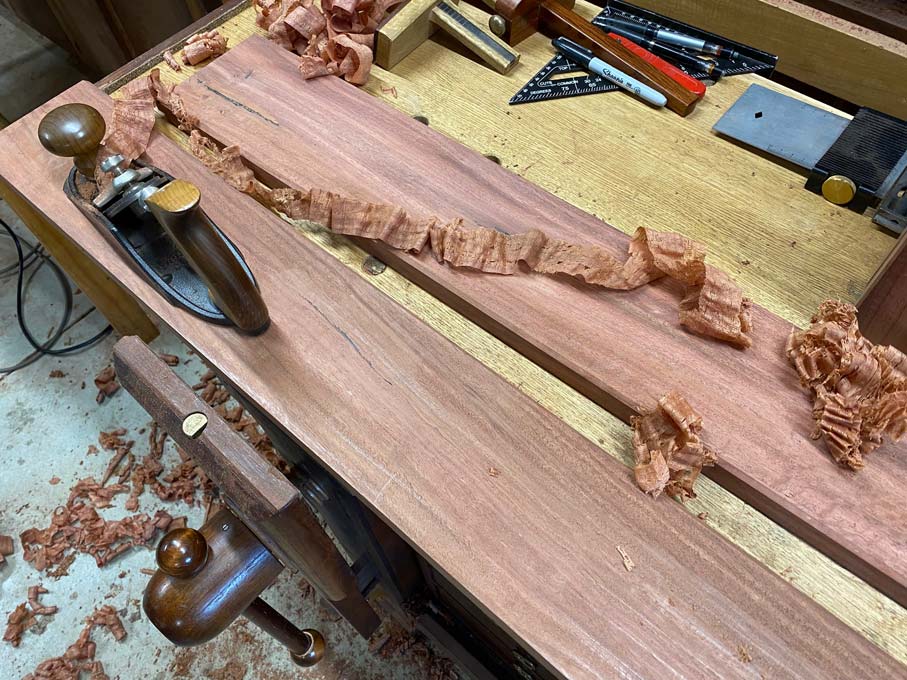Molynoox
Established Member
So I haven't really done any hand planing before but I decided to give it a go as I wanted to make a chopping board from some free offcuts.
-The offcuts are Oak and walnut.
-My hand plane is a cheap plastic handled Stanley
-I've flattened the sole and sharpened the iron
I found it amazingly hard work to plane the face of the wood flat after resawing.
is it supposed to be this hard?

Martin
-The offcuts are Oak and walnut.
-My hand plane is a cheap plastic handled Stanley
-I've flattened the sole and sharpened the iron
I found it amazingly hard work to plane the face of the wood flat after resawing.
is it supposed to be this hard?

Martin






































